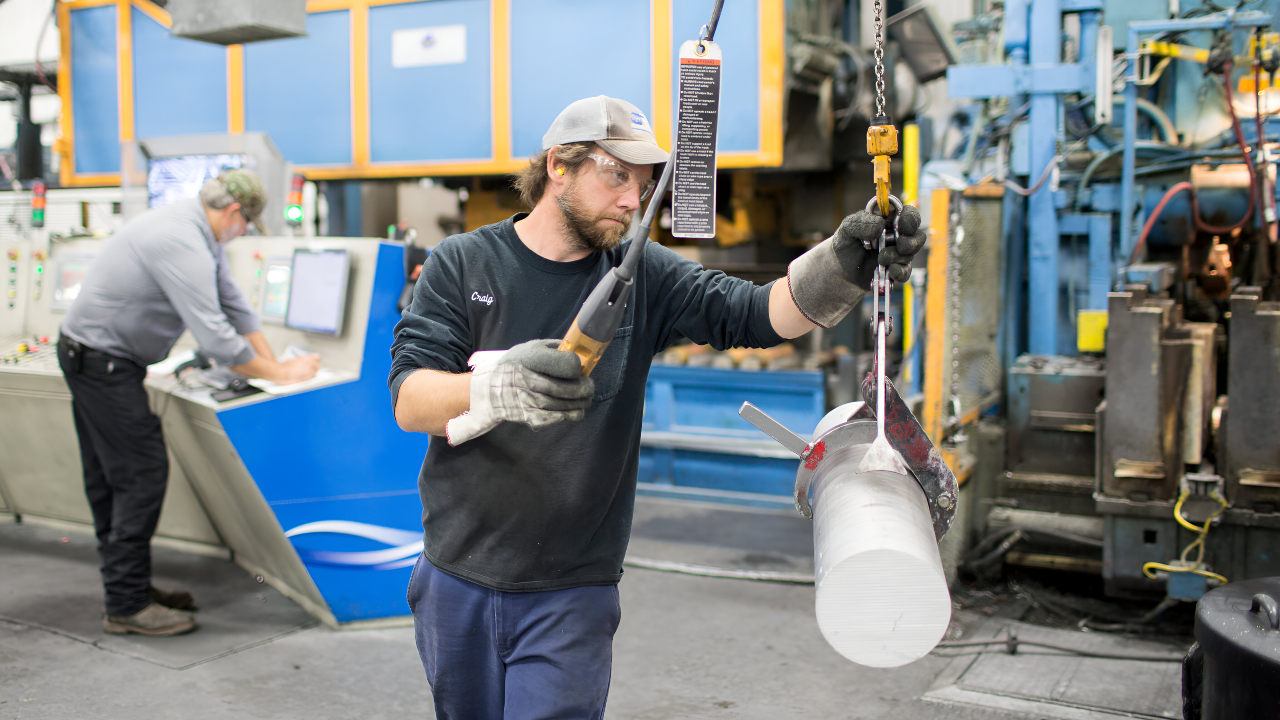
Ingersoll Rand Inc. (headquartered in Davidson, NC) is a global industrial equipment maker. The company announced Oct 2025 it will shutter its Princeton, IL factory by March 31, 2026.
All 70 positions will be cut, about 0.9% of Princeton’s ~7,800 residents. Production shifts to other U.S. plants. This single decision shocks the town’s economy.
Corporate Consolidation Over Local Jobs

Ingersoll Rand, with $7.2B revenue in 2024, cited efficiency in consolidating into larger plants. The Princeton site’s limited size made it a target. It stressed providing employees “nearly six months in advance” to prepare.
Such consolidation follows a broader trend: companies prioritize larger plants, often leaving small towns vulnerable even as corporate profits rise.
Employees Face Relocation or Reinvention

The 70 displaced workers face stark choices. Elkay Plumbing’s Savanna closure offered all 178 jobs transfers to nearby Lanark or Freeport plants, but Princeton’s employees have no such option.
They must uproot families for distant jobs or retrain locally. Many have spent decades honing manufacturing skills, so this abrupt change is especially difficult.
Small Town Economy Feels Immediate Shock

Princeton’s Main Street already feels the shock. Each factory dollar typically spawns ~$2.6 in local economic activity.
Losing 70 factory paychecks could wipe out ~$180K in monthly spending, deepening job cuts in shops and diners. Small towns lack diverse economies, so one plant closure effectively erases the wages of hundreds of workers beyond the mill.
Northern Illinois Sees Massive Layoffs

Last month’s twin announcements stunned northern Illinois. Elkay Plumbing in Savanna (pop. ~2,700) closed its plant, eliminating 178 jobs.
Combined with Princeton’s 70, nearly 250 manufacturing jobs disappeared regionally. Economists say this reflects a wider trend: rural plants shutter while production concentrates in urban corridors with better infrastructure.
Metro-Area Plants Thrive as Rural Ones Close

As Princeton declines, urban factories flourish. Ingersoll Rand will move production to “other U.S. facilities”—likely larger plants with highway access and deeper labor pools. This accelerates a decades-long exodus of jobs to metro areas.
Over time, rural Illinois loses tax revenue and talent as smaller communities like Princeton struggle to attract new industry.
Housing and Schools in Chaos

Relocating on a tight deadline will be chaotic. Princeton’s median sold home price is ~$143K, but few buyers exist. Only 5 rental homes (600–$895/month) are listed.
Workers moving must sell homes and find new schools for children mid-year. Families staying face mortgages without paychecks, straining budgets and patience. Each scenario carries heavy stress.
WARN Notice: Limited Time to Prepare

Federal WARN law requires 60-day notice for mass layoffs. Ingersoll Rand gave nearly six months’ warning, but that’s scant when local jobs are scarce. Even well before March 2026, many will rack up bills.
Illinois offers retraining grants, but relocating or finding new work fast is nearly impossible in such a small labor market.
Tax Base Shrinks; Services in Peril

With the factory dark, municipal budgets loom in crisis. Closing the plant erases a major source of property tax. Economists note that buying local manufacturing goods “increase[s] tax revenues…to fund schools, libraries, infrastructure”.
Now Princeton must cut services or raise levies on fewer households, burdening the remaining residents. Local officials face hard cuts in the coming year.
Older Workers Locked Out

Many displaced employees are seasoned with specialized skills. In a similar mill closure, one worker said: “Reality is what it is. I know no one is going to want to hire a 62-year-old electrician”.
This means 50- or 60-year-olds may only find much lower-paying jobs or exhaust savings retraining – undercutting their retirement plans.
Supply Chains Cut Rural Towns Loose

Modern supply chains exacerbate the pain. Companies now favor huge plants near ports and highways; remote sites are liabilities. Princeton had none of these logistical advantages. This loss underscores how infrastructure gaps make rural factories less competitive.
Even a well-trained workforce can’t offset missing rail links or freeways that big cities offer.
Healthcare and Retail Face Shortfall

Local health care and retail services will feel the squeeze. With 70 fewer families spending, Princeton’s hospital and clinics will see lighter patient loads. Schools and shops lose customers and possibly staff (e.g. a nurse or teacher whose spouse worked at IR).
Over time this erosion shrinks businesses and amenities, making small towns less livable for everyone left.
Mental Health Toll Mounts in Princeton

Community mental health will likely suffer. Studies link job loss to more depression, substance abuse and domestic violence. Princeton has few counselors, so stress builds quietly.
Residents already echo a common sentiment: “I think there’s just an attitude of hopelessness and helplessness that’s here,” said one laid-off worker. Still, he added, “you just have to keep moving”.
Youth Exodus Accelerates Rural Decline

The closure sends a stark message to youth: opportunities are vanishing. As one laid-off father warned, “I know my kids won’t stick around here… there’s nothing for them here”.
Experts note rural towns must “invest in the kids who stay” or risk losing them. Expect Princeton’s graduates to look to Chicago or the coasts for work.
Idle Factory Threatens Environment

Beyond jobs and people, the closed plant risks becoming a toxic legacy. Manufacturing often leaks solvents or heavy metals into soil. Cleaning a shuttered industrial site can cost millions. If no buyer emerges, Princeton could be left with a contaminated brownfield for years.
A derelict 30-acre plant would drag down property values and block redevelopment of that parcel.
Training Programs Overwhelmed

One rare upside: training and support programs will see surges. Local community colleges and Illinois’ Job Centers are preparing for an influx of displaced workers seeking new skills. Some relocation and outplacement firms report double-digit spikes in inquiries after layoffs.
However, each certificate or new hire offsets only a few of the hundreds lost – net impacts remain deeply negative.
Wall Street Cheers, Locals Suffer

Wall Street typically cheers these closures. Ingersoll Rand’s stock (NYSE: IR) may tick up as investors bank on cost savings. When companies announce massive layoffs, share prices often rise.
The irony: Princeton’s losses mean short-term gains for distant shareholders. As the firm slashes local jobs, its quarterly outlook should improve.
Practical Steps for Displaced Workers

Affected employees must act quickly. Review severance packages, retirement-account rules, and COBRA health benefits immediately. File for Illinois unemployment insurance (up to 26 weeks) as soon as possible.
Explore state training grants and relocation assistance. Those moving should research housing costs in advance. Some workers even launch small businesses – careful planning and local grants can help turn crisis into opportunity.
Automation’s Threat to Rural Jobs

Ingersoll Rand’s closure previews a sweeping trend: fewer, bigger, tech-driven factories replacing smaller plants. Advances in automation and AI mean even consolidated factories need far fewer workers.
Princeton’s case shows companies now prioritize infrastructure and scale. Unless policies change, more small towns will face similar reckononing as manufacturing prioritizes efficiency over community.
Community Transformed

A single factory’s shutdown can upend an entire town. Ingersoll Rand cut 70 jobs here, but its ripples touch every sector: lost spending, eroded taxes, stressed schools, and fraying social ties. The full toll will play out over years.
As one Maryland worker noted after a mill closure, “the entire community felt the pain of this closure”. Princeton’s identity is changing indefinitely.